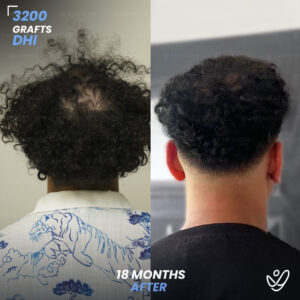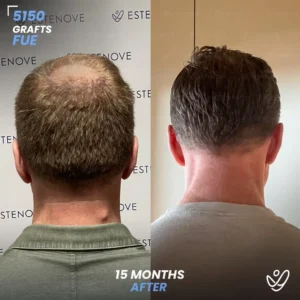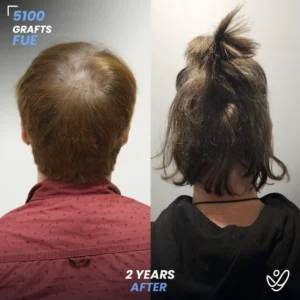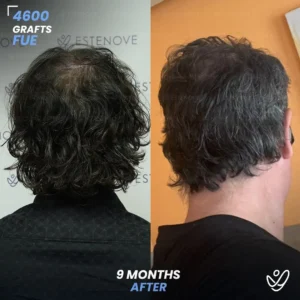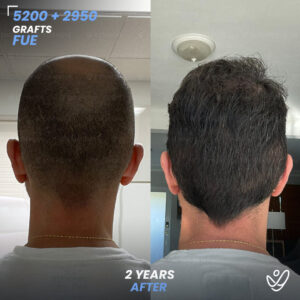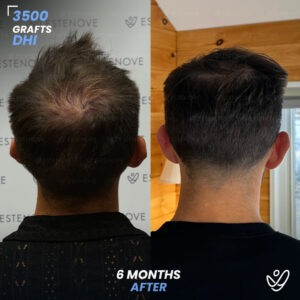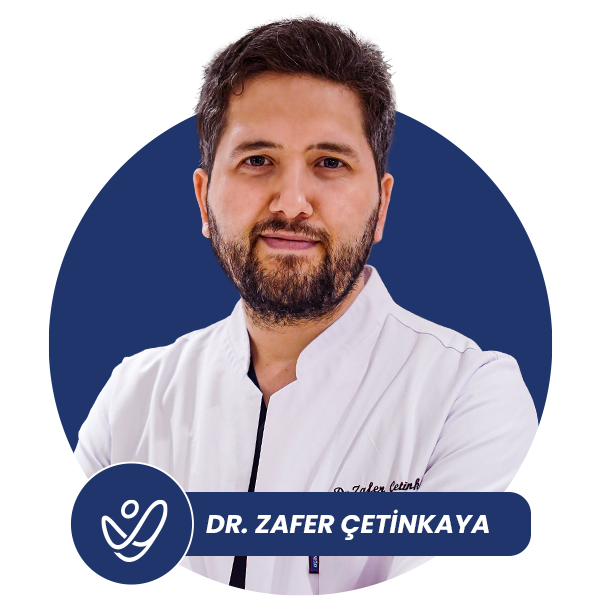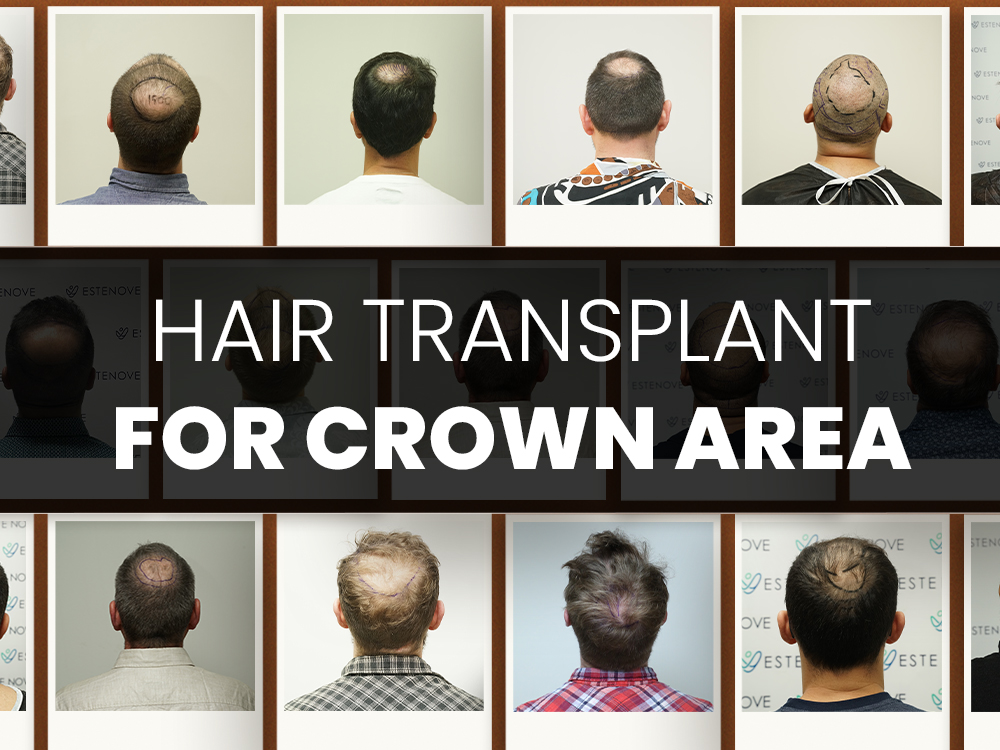
The crown area, also known as the vertex, is one of the most complex regions to treat during a hair transplant. Due to its circular growth pattern and lower blood circulation, restoring hair in the crown requires precision, experience, and realistic expectations. Turkey has become a leading destination for crown hair transplants thanks to its skilled surgeons, high success rates, and cost-effective pricing.
Understanding Crown Hair Loss
Hair thinning in the crown is common in male pattern baldness (androgenetic alopecia), usually beginning with a small bald spot that expands over time. Because the crown whorl grows in a spiral, it’s harder to disguise thinning in this area.
Unlike frontal thinning, crown balding may not be immediately visible from the front—but it can become more pronounced over time.
Crown vs Hairline: Why It’s Different
The crown area typically has lower vascularity (blood flow) compared to the frontal scalp, which can affect graft survival and speed of regrowth. Also, the whorl pattern in the crown requires precise angling of each implanted graft to maintain natural-looking density and direction.
This is why surgeons often recommend completing the front first, then treating the crown in a second session if necessary.
How Many Grafts Are Needed for the Crown?
The number of grafts required depends on the size of the balding spot and desired density. Here’s a general estimate:
- Small crown thinning: 800–1,200 grafts
- Moderate bald spot: 1,500–2,000 grafts
- Large crown area: 2,500–3,500+ grafts

Calculate the number of grafts needed for your hair transplant and get an estimated cost for various destinations
Best Techniques for Crown Hair Transplant
FUE (Follicular Unit Extraction): The most preferred method for crown area transplants. It allows precise graft placement at various angles, which is critical for the circular growth pattern.
DHI (Direct Hair Implantation): Can also be used for crown transplants, but is more commonly applied to the hairline due to its higher density capability.
Learn more about FUE vs DHI.
Crown Hair Transplant Success Rate
While crown transplants are more challenging, experienced clinics in Turkey report success rates above 90% when patients follow proper aftercare. Regrowth in the crown area may take longer—typically visible after 6–8 months, with full results in 12–14 months.
Factors influencing success include graft quality, surgeon experience, and adherence to post-op guidelines. Check out hair transplant timeline to explore how it looks after hair transplant month by month.
Crown Hair Transplant Before & After Photos
- DHI 3200 Grafts Hair Transplant Before After – Crown
- FUE 5150 Graft Hair Transplant Before After- Crown
- FUE 5100 Graft Hair Transplant Before After- Crown
- FUE 4600 Graft Hair Transplant Before After- Crown
- FUE Second Hair Transplant Before After – FUE 5200 + 2950 Grafts – Crown
- DHI 3500 Hair Grafts, 6 Months Before After – Crown
Many patients see impressive results even in severe crown balding cases. View our before and after gallery or visit success stories to see transformations in the crown region.
How Much Is a Crown Hair Transplant in Turkey?
In Turkey, the cost of a crown transplant typically falls within the standard pricing range:
- 2,000 grafts: $1,400 – $2,250
- 3,000 grafts: $2,100 – $3,375
- 4,000+ grafts: $2,800 – $4,500
At Estenove, pricing remains fixed regardless of the number of grafts required. Both FUE and DHI techniques are offered under an all-inclusive package priced at $3,750, which covers maximum grafts, accommodation, transfers, and aftercare. Visit hair transplant packages page for detailed info.
Is It Worth Getting a Crown Transplant?
If crown thinning affects your confidence, a transplant can offer permanent improvement. While the crown may require more grafts and patience, a skilled surgeon can restore natural coverage with high satisfaction.
It’s important to have realistic expectations—especially in advanced balding (Norwood 5–7). A consultation will help determine whether you’re a suitable candidate.

